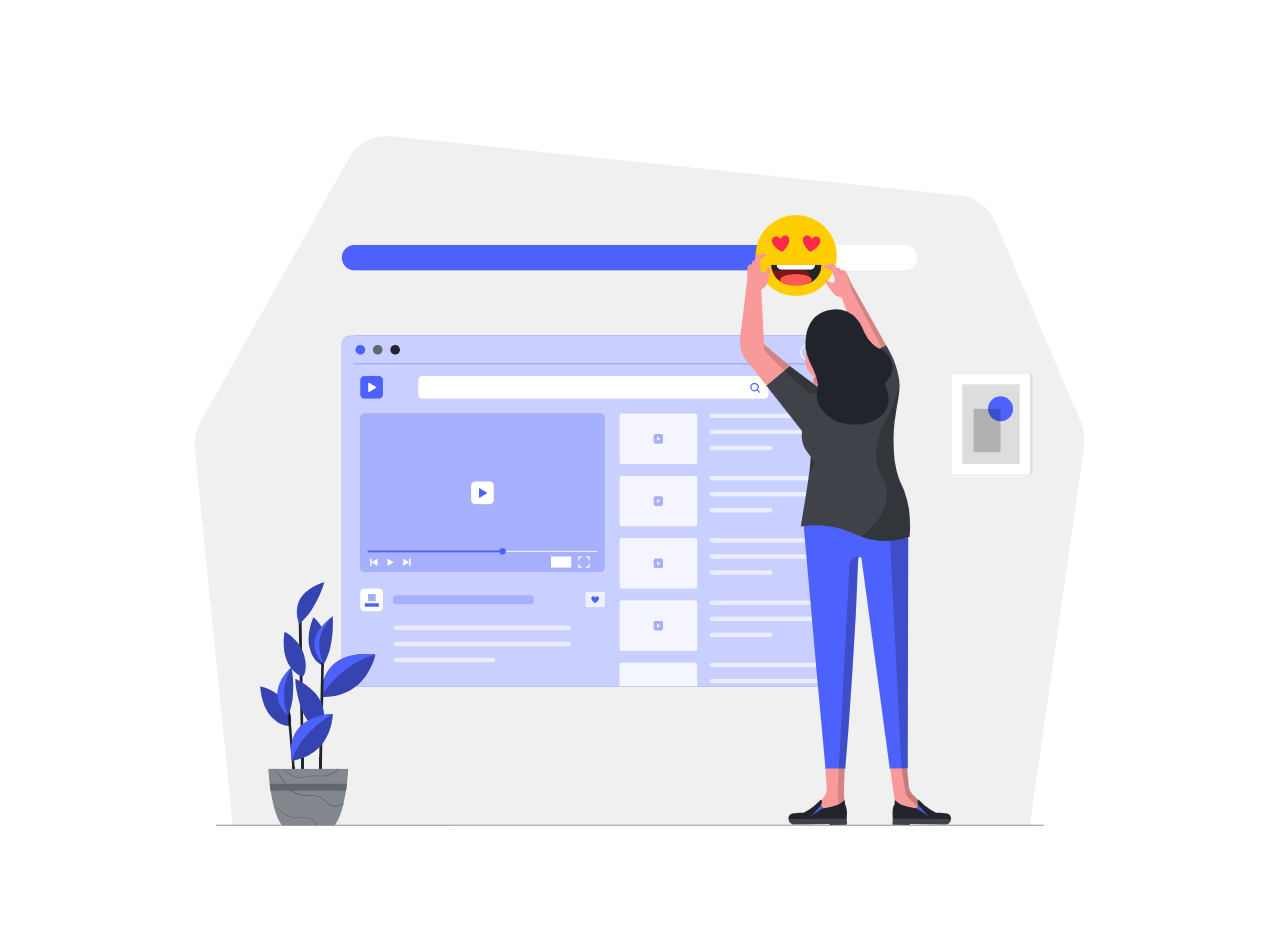How to use Bootstrap's container and container-fluid classes

When it comes to building responsive and visually appealing web layouts, Bootstrap stands as a powerful ally for developers. Central to this framework are the container and container-fluid classes, providing flexible and adaptive structures for organizing content. In this comprehensive guide, we’ll delve into the intricacies of these classes, exploring how to leverage them effectively in your web development projects.
The Basics: What are container and container-fluid?
container
The container class is a fundamental building block in Bootstrap’s grid system. It creates a fixed-width container that adapts its size based on the user’s device or viewport. This container is centered on the page, providing a neat and organized layout for your content.
To use the container class, wrap your content within a div with the class container:
<div class="container">
<!-- Your content goes here -->
</div>
The container class is suitable for designs where you want to maintain a consistent width for your content, ensuring readability and visual harmony.
container-fluid
On the other hand, the container-fluid class offers a fluid layout that spans the entire width of the viewport. It is ideal for designs that require full-width sections or backgrounds. The container-fluid class adjusts its size dynamically based on the screen width, making it a perfect choice for responsive designs.
To implement a full-width container, use the container-fluid class:
<div class="container-fluid">
<!-- Your content goes here -->
</div>
This class is particularly useful when you want your content to span the entire width of the screen, providing a modern and immersive user experience.
Choosing Between container and container-fluid
Use container When…
- You prefer a fixed-width layout for your content.
- You want to maintain a consistent and readable line length for text.
- Your design includes multiple sections with distinct widths.
Use container-fluid When…
- You desire a full-width layout for your content.
- Your design involves background images or colors that should span the entire viewport.
- Your content benefits from a more immersive, edge-to-edge presentation.
Understanding the context and design requirements will guide you in choosing between container and container-fluid for different sections of your web page.
Responsive Design Considerations
Both container and container-fluid classes are designed with responsiveness in mind. They automatically adapt to different screen sizes, providing a seamless experience on devices ranging from large desktop monitors to small mobile screens.
To optimize responsiveness further, ensure that you include the Bootstrap viewport meta tag in the <head> section of your HTML:
<meta name="viewport" content="width=device-width, initial-scale=1.0">
This meta tag ensures that your web page scales appropriately on various devices.
Nesting Containers
In complex layouts, you might find the need to nest containers within each other. This is entirely possible with Bootstrap and can be a powerful technique for organizing different sections of your page.
<div class="container">
<!-- Main content container -->
<div class="container-fluid">
<!-- Full-width section within the main content -->
</div>
<div class="container">
<!-- Another fixed-width section within the main content -->
</div>
</div>
By nesting containers, you can create a hierarchy that combines the benefits of both fixed-width and full-width layouts.
Customizing Containers
Beyond the basic container and container-fluid classes, Bootstrap provides additional utility classes to customize the behavior and appearance of containers. Here are some notable examples:
container-sm, container-md, container-lg, container-xl
These classes allow you to set different container sizes for specific breakpoints. For instance, container-sm sets the container to its maximum width on small screens.
<div class="container-sm">
<!-- Your content goes here -->
</div>
mx-auto
The mx-auto class can be added to a container to center it horizontally on the page:
<div class="container mx-auto">
<!-- Your content goes here -->
</div>
Experimenting with these classes gives you fine-grained control over your layout, allowing you to tailor it to the specific needs of your design.
Conclusion
In the realm of responsive web design, the container and container-fluid classes in Bootstrap serve as indispensable tools for crafting visually pleasing and adaptive layouts. Whether you opt for a fixed-width or full-width approach, understanding when and how to use these classes ensures that your content is presented optimally across a variety of devices. Experiment with nesting, leverage additional utility classes, and embrace the flexibility Bootstrap offers to create stunning and responsive web pages. With the container and container-fluid classes at your disposal, you have the foundational elements to construct layouts that seamlessly adapt to the diverse landscape of the digital world.
How to implement a collapsible sidebar menu with Bootstrap
How to use Bootstrap’s text truncation classes for long content
How to create a responsive contact form with validation in Bootstrap
How to implement a split-screen layout with Bootstrap
How to implement a card flip animation with Bootstrap